Most HATED Insects
Description
Subscribe to Epic Wildlife http://goo.gl/6rzs5u
Let's Connect
-- http://www.epicadamwildlife.com/
-- http://www.facebook.com/epicadamwildlife
-- http://www.twitter.com/epicwildlife
-- http://gplus.to/epicwildlife
Most HATED Insects!
From huge wasps and hornets … to bedbugs, mosquitoes, and cockroaches ... Here are 16 of the most hated insects!
#16 Silverfish
There’s a mistaken idea that these animals bite humans. But they’re more pesky than dangerous. When you see tiny holes appearing in clothes or papers, that’s often a sign of their presence. The resilient pests favor starches and sugars. But when food is scarce they’ll eat their own molted exoskeleton. Even without eating, they can live for almost a year!
#15 Ticks
These small insects receive a lot of hate because they transmit Lyme Disease via their bites. They get infected when they feed on virulent (veer-you-lent) rodents. Across the US, it’s considered to be the most common form of disease carried by ticks. A major symptom of the disease is the formation of a bullseye or target-shaped rash that emanates from the location of the bite. Left untreated, conditions including heart disease and disorders of the nervous system can develop.
#14 Earwigs
The legend surrounding this small insect is probably scarier than the creature itself.
But it has become synonymous with a scary type of burrowing behavior. Earwigs have long been rumored to enter a human’s ear, then tunnel its way through the brain to the opposite ear from whence they later emerge. Most often, it ends with the earwig turning out to have been a pregnant female which had laid her eggs inside the host's brain. There was a famous (or infamous) episode of the TV series “Night Gallery” in 1972 that helped cement that incident in popular culture. Our sources indicate that such stories are likely urban legends. Then again, many legends have their basis in fact. Could that be the case with Earwigs?
#13 Termites
More than 3,100 species of these industrious insects are currently described. And all of them have a voracious appetite for cellulose, which translates to wood. Experts say they’re some of the world’s most successful insects when it comes to establishing enormous societies. That increases their potential for damaging wooden structures and buildings occupied by humans. One of the most destructive species is the Formosan Subterranean termite. The extensive damage they cause has earned them the nickname of “super-termites”. Originating in South China and Formosa (or Taiwan), they’ve since become an invasive species in certain parts of the world including the US.
Overall, termites are estimated to cause around 30-billion dollars ($30 billion) worth of damage around the world each year.
#12 Human Botfly
The larvae of all Bot flies are identified as internal parasites of mammals. But there is only one species currently known to regularly parasitize humans. As you’ve no doubt guessed, this is the Human Botfly. And they have an insidious strategy when it comes to incubating their eggs. They are laid on any insect that lands on a human being, like mosquitoes or ticks. When the carrier deposits the Botfly’s eggs onto human skin, the body heat causes them to hatch. Then the larvae burrow into the skin where they take up residence. They can live and eat pretty much anywhere they are deposited. After incubating about 2.5 months, the mature specimen eventually exits the body through a hole tunneled in the host’s skin. If not, infections can develop requiring surgery to remove the larvae’s remains.
#11 Locusts
These insects are generally described as various species of short-horned grasshoppers that are typically solitary individuals. The major distinction is that locusts have a swarming phase, which is triggered by certain cycles of drought followed by rapid vegetation growth. When that happens, they suddenly lose their solitary manner and breed in huge numbers. When the population is dense enough, the locusts will commence migrating. At that stage they can cover vast distances, stripping green vegetation and damaging crops wherever they go. Plagues of locusts have been documented for thousands of years, and have often been connected to human migrations resulting from famine. At their worst, locust swarms can contain billions of individuals and are dense enough to blot out the sun. They still occur today. In 2020 areas of East Africa and South Asia were hit with some of the most devastating swarms in decades.

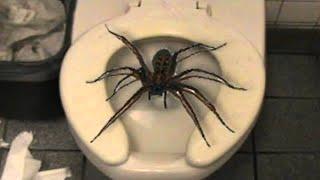
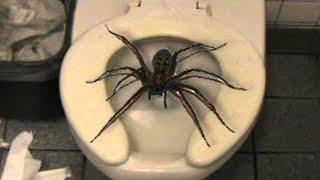

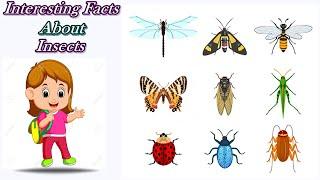
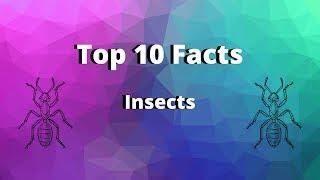
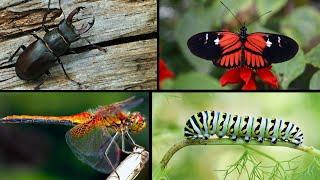
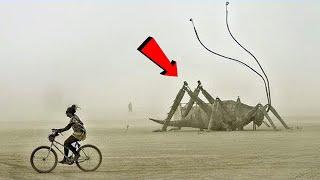

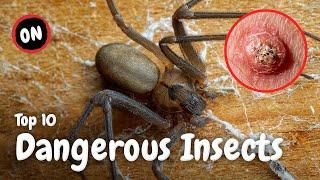

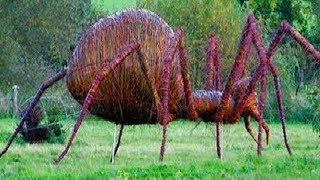
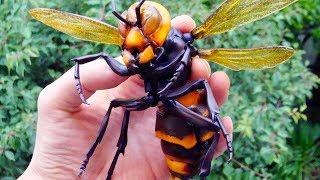

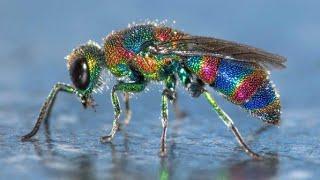
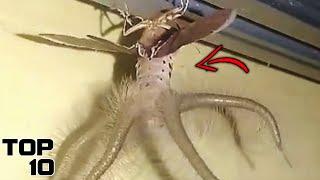





Comments